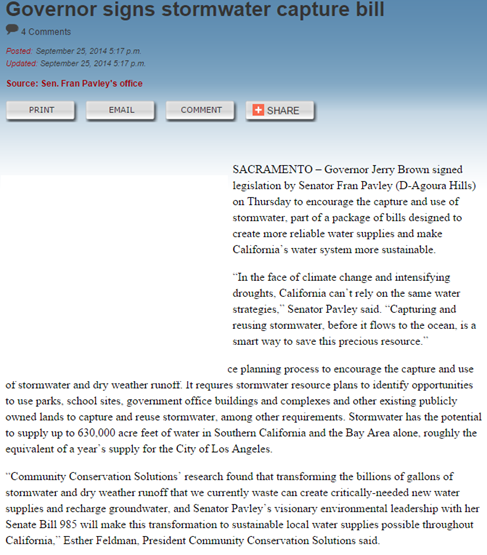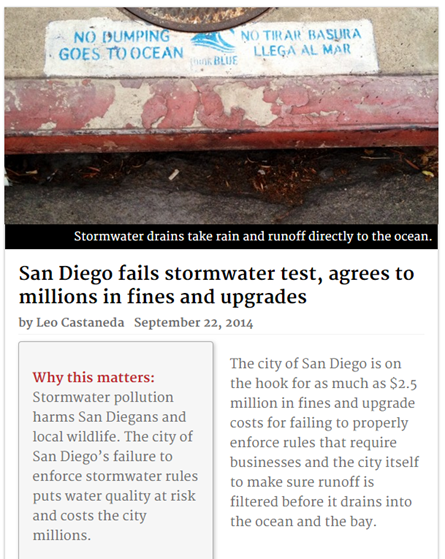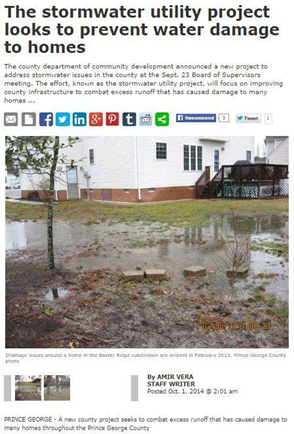
Now that SB 985 has been passed into law, California can expect to see a number of stormwater management projects taking place in the near future. The Natural Resources Defense Council has named the South Coast and the Bay Area as the best places to establish such projects, at present. Though, once additional research has been carried out, other regions could prove to be just as promising. Fortunately for developers and government officials, there’s no shortage of commercial stormwater systems that can meet (or even exceed) their expectations, like StormChamber® and SedimenTrap™.
http://www.stormchambers.com/industry-news/effective-stormwater-solutions-what-planners-need-to-watch-out-for/


